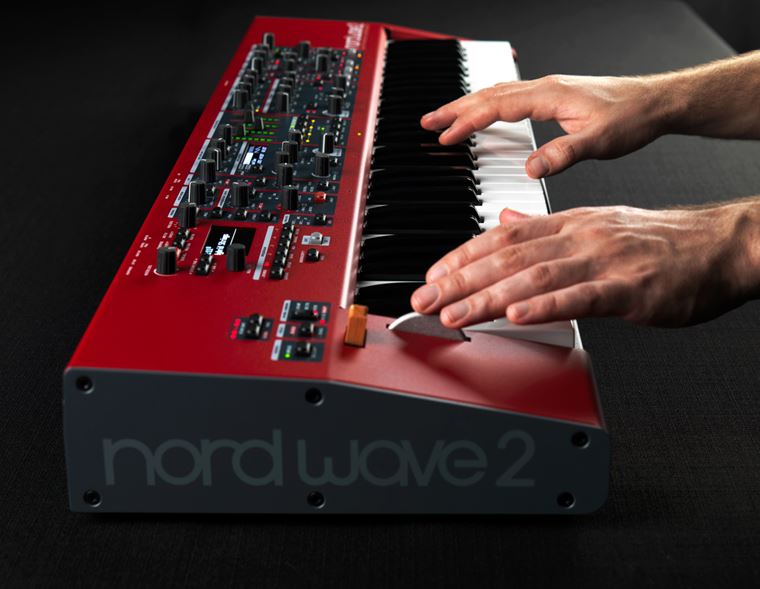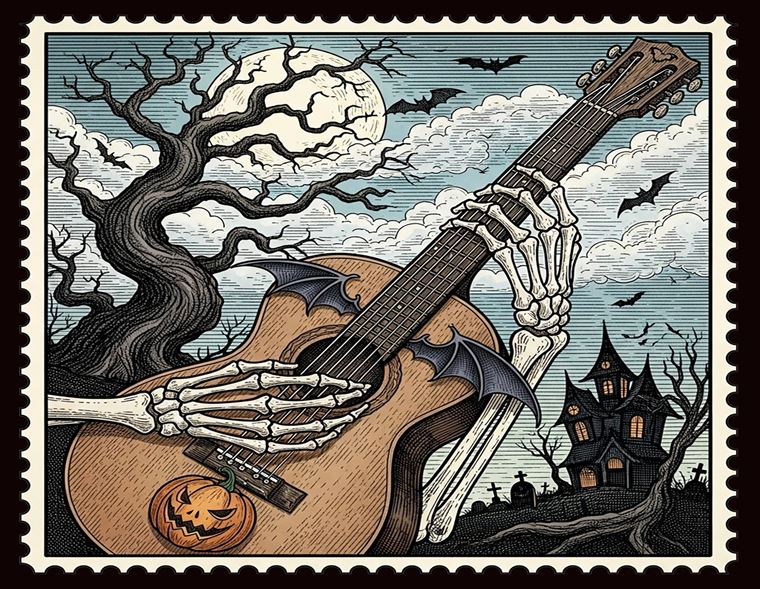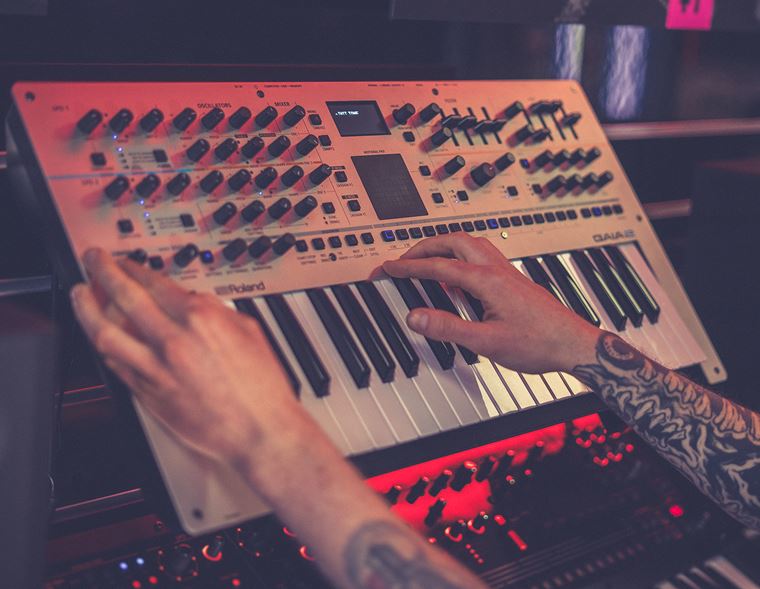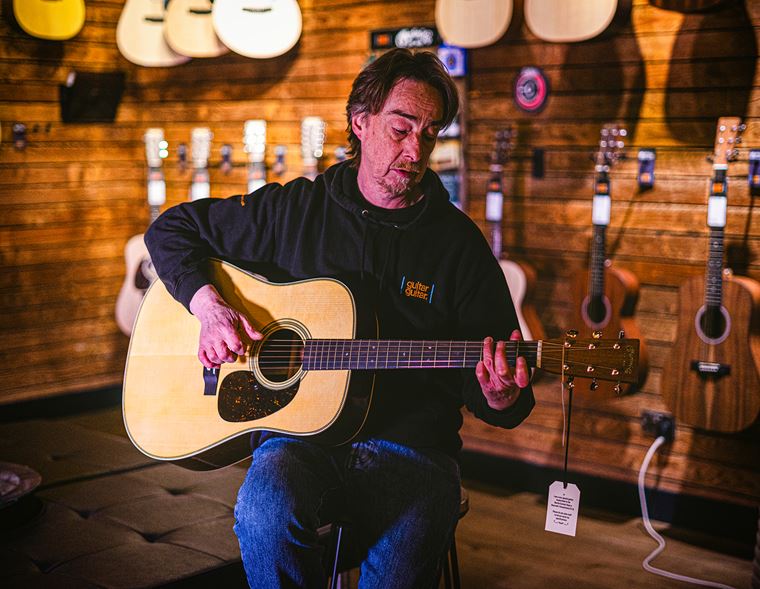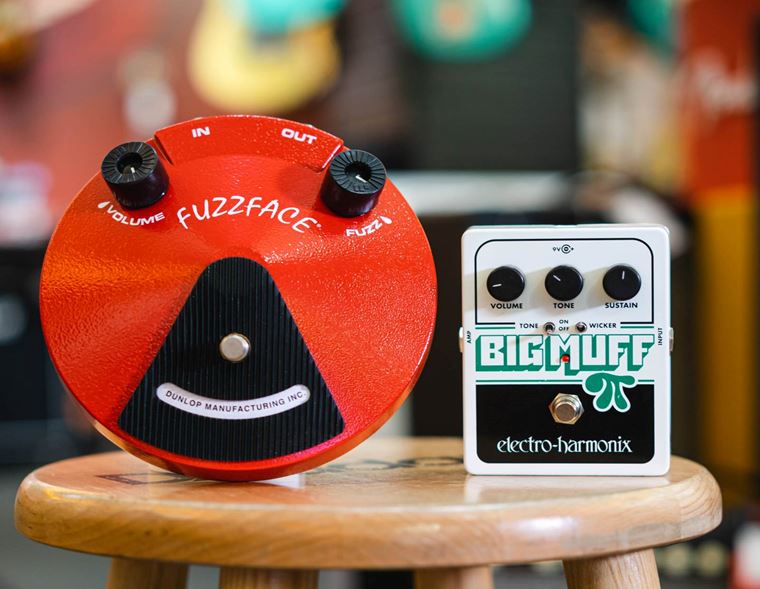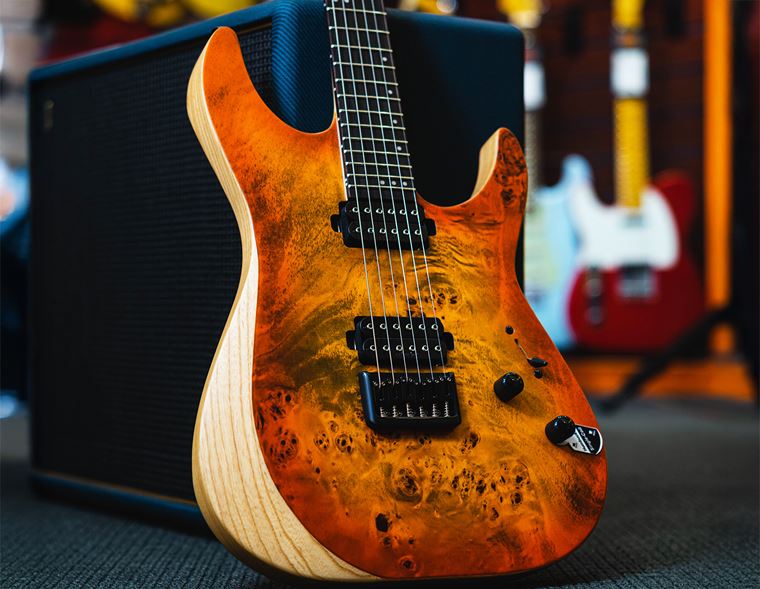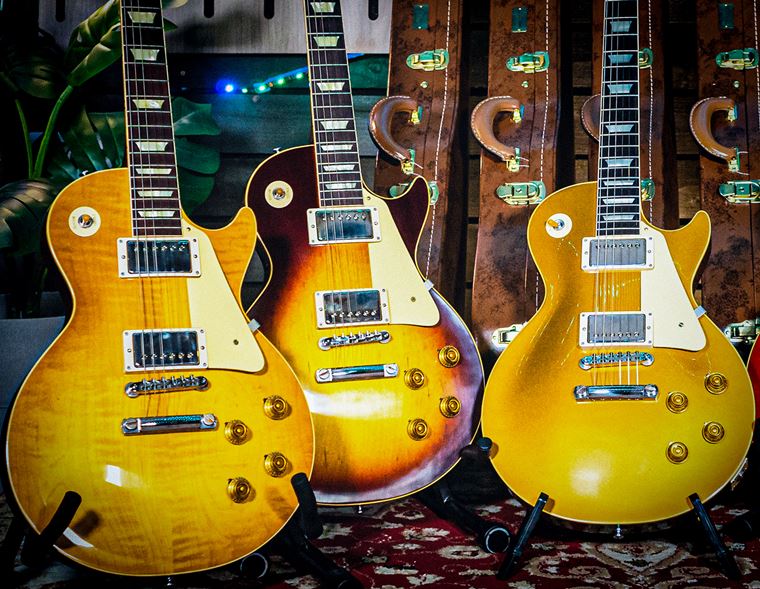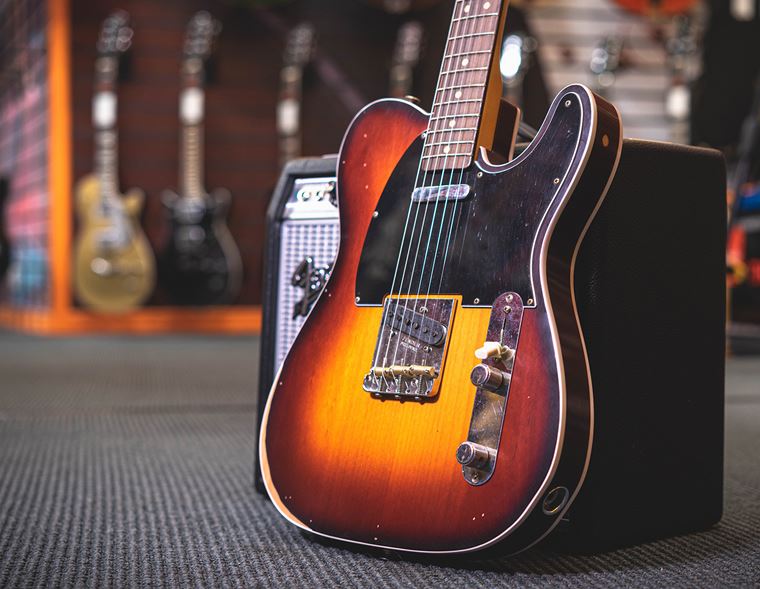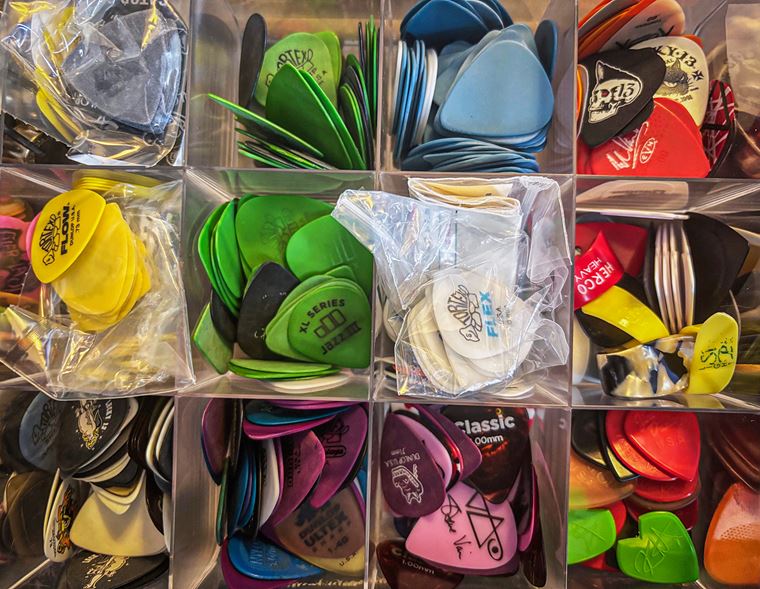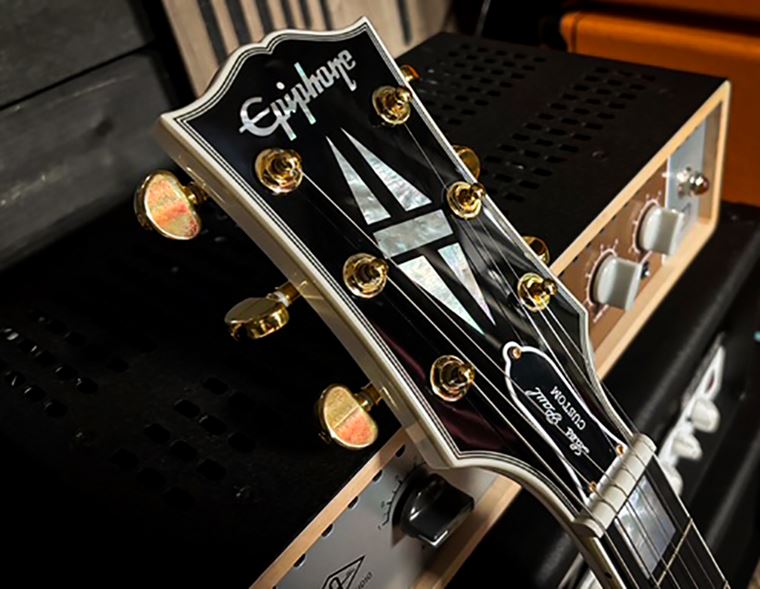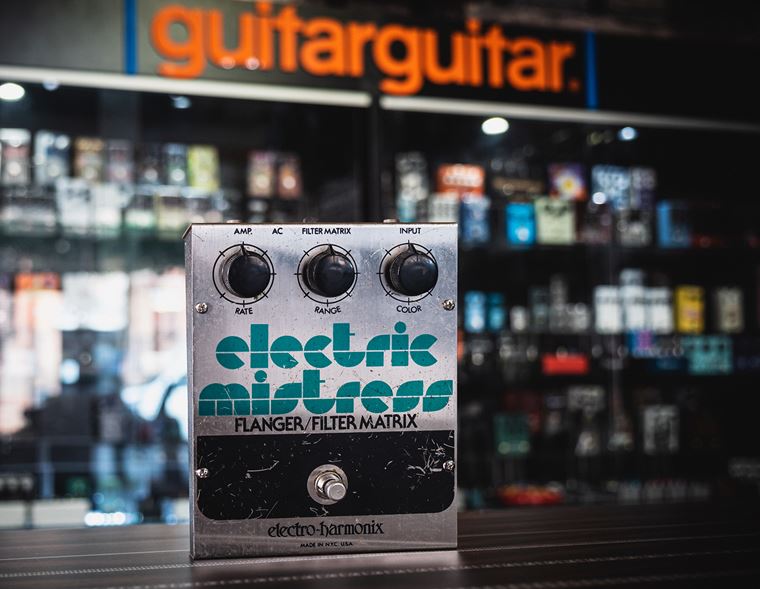“5150 is the number of the section of the Welfare and Institutions Code, which allows an adult who is experiencing a mental health crisis to be involuntarily detained for a 72- hour psychiatric hospitalisation when evaluated to be a danger to others, or to himself or herself”
OC Health Care Agency
To Californian cops, the term ‘5150’ (fifty one fifty) means the above definition, but to the rest of the world it means only one thing: outstanding high gain distortion. Designed by a famous guitarist and adopted by multiple generations of hard rocker, the 5150 is a truly iconic sound.
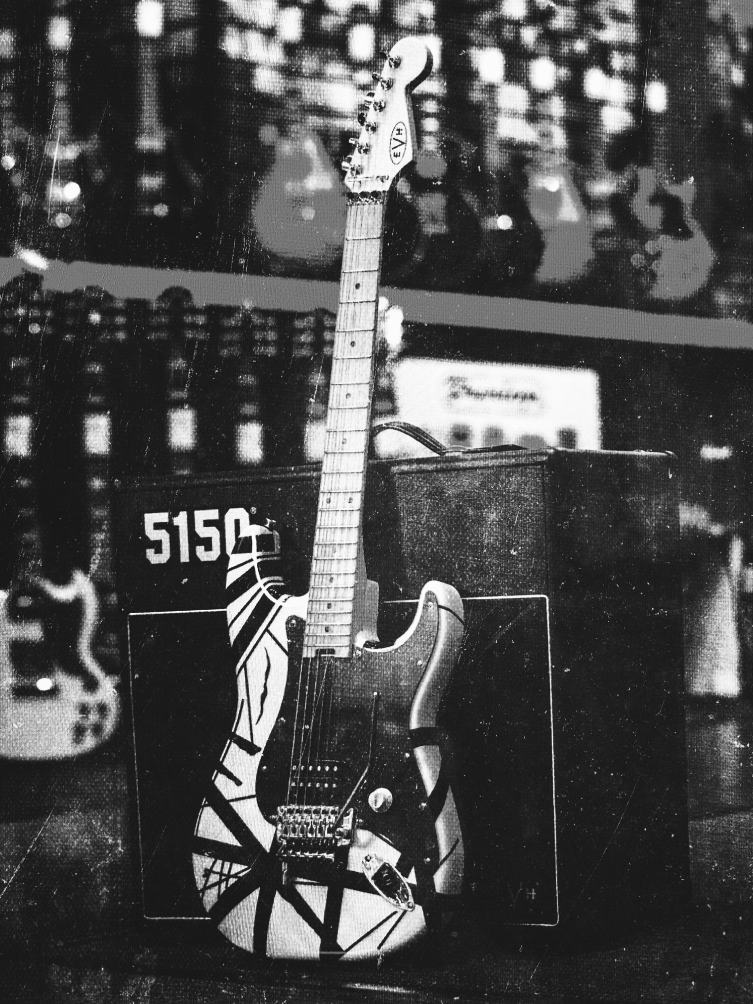
It’s more than that, though. It’s one of those ‘defining’ amps. It’s a sound that has now become as definitive amongst rock and metal players as, say, a Boogie Dual Rectifier or a Marshall JCM900. That rich, ferocious high gain sound that the 5150 is famous for is one of the most desired in modern rock, to the point where Fender (who own the EVH brand) have famously modelled the 5150 specifically (the Stealth model, if I’m not wrong?) in their flagship digital modeller, the Tonemaster Pro. It’s named deliberately (as opposed to them using some spurious term like ‘Modern High Gain’ or whatever) alongside their Twin Reverb and Bassman models, acknowledging its status by its very recognition.
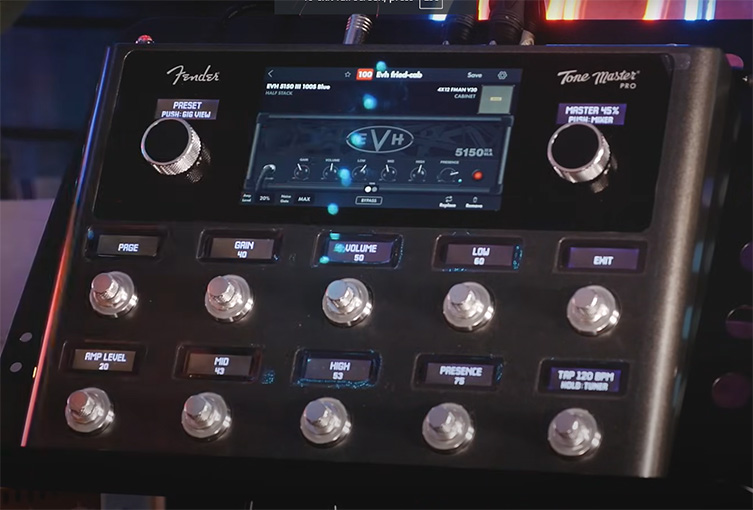
Real Amps
But digital modellers are not the only way to get sounds. I say that quite facetiously, because of course digital modellers can only model amps that already exist in physical reality. Indeed, we can have access to a room full of amps these days just by owning something like a Quad Cortex or a Helix, but all of the sounds found within have been taken from over half a century of amplifier history. We all have preferences for certain amp makes with signature sounds (Vox and Fender jump to mind), and through technology, we can use these preferred sounds without owning the actual amps. You can be a ‘Vox person’ without ever owning a Vox amp, but is it the same?
Answering that thorny question is not the direct objective of today’s blog, though. What I do aim to do is report back on something I bought over a year ago, and reflect on its performance, my expectations and other factors that might not initially arise from a short-term try out of a piece of gear.
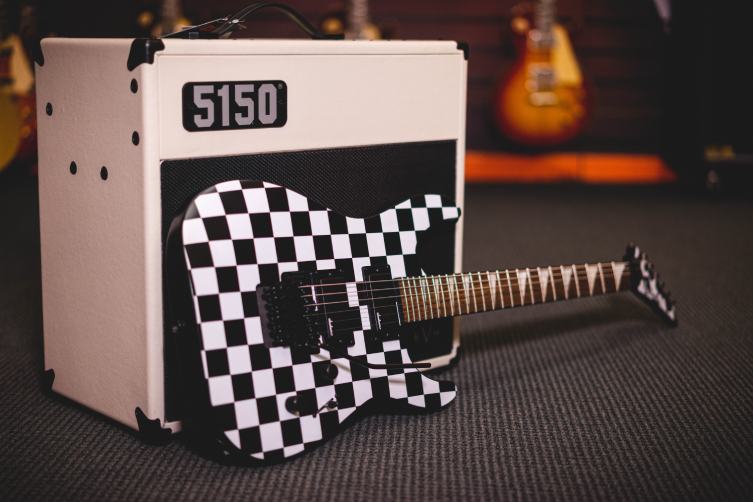
Subjectivity & Context
I’ve owned a bunch of amps over the years. When I started out, it was Park (Marshall) and Laney solid state amps, and since then I’ve had a vintage 80s MESA/Boogie, a Peavey JSX, two Voxes (an AC30 and an AC15) and I’ve also been a relatively early adopter of digital modelling technology.
On top of what I’ve owned, I’ve used countless amps (Marshall, Orange, HiWatt, Line 6 etc) in gig and rehearsal situations, as well as all of the hundreds of amps I’ve tried, demoed and sold at guitarguitar. I say all of this so that you know where my point of views are coming from, and what kind of equipment I’ve personally used.
It’s also important to make clear the fact that any gear I own and use has been selected and paid for by me. I’m not in any partnership or agreement with Fender/EVH (or anybody else for that matter), and everything I write here is what I want to write, based on my own experience. The purpose of this blog is to share legitimate points of view on something I was impressed with enough to cough up the cash for!
But first: for those who are new to the term ‘5150’, I’ll get you up to speed…
The 5150: A Quick Backstory
Now, I’m not saying for a second that worldwide guitar hero Eddie Van Halen was a bit of a rascal, but he certainly heard that ‘5150’ term somewhere, and used it a lot, even before he got busy designing amps. For one thing, it was the title to a Van Halen record in 1986 which had such huge songs as Dreams, Why Can’t This Be Love and other Van-Hagar era belters on it.
It was also the name of Ed’s home studio, where he not only worked tirelessly on his lifelong ‘tone chasing’ quest, but also where a large amount of Van Halen’s music ended up being recorded. Suffice to say, the man felt an affinity with the term.
So it was that in 1992, Ed teamed up with US amp giant Peavey to create a signature amplifier. It’s hardly an overstatement to say that most hard rockers wanted Ed’s sound, which was that perfect mix of pleasant and abrasive, dense and harmonically rich whilst still having loads of bite. People still talk about it as being the best rock distortion sound ever created and I’m not about to argue!
The Peavey 5150 was an instant success and quickly became a ‘sound’ for heavy artists in the way I mentioned earlier. Even though Van Halen are hardly a metal band, Eddie’s tone is perfect for the likes of Machine Head, Soulfly and Behemoth, just two of the countless artists who have adopted the 5150 as their core tone.
Peavey and Ed parted ways in 2004, and Peavey subsequently renamed the amp 6505 (the company had existed since 1965). Ed created the EVH brand in order to market his own further amp tinkerings and guitar experiments. EVH is basically a Fender sub brand, with their products being made in the same premises as equivalent Fender gear.
EVH offer a relatively wide variety of 5150 models nowadays, and my interest was highly piqued by the Iconic range when it was released last year.
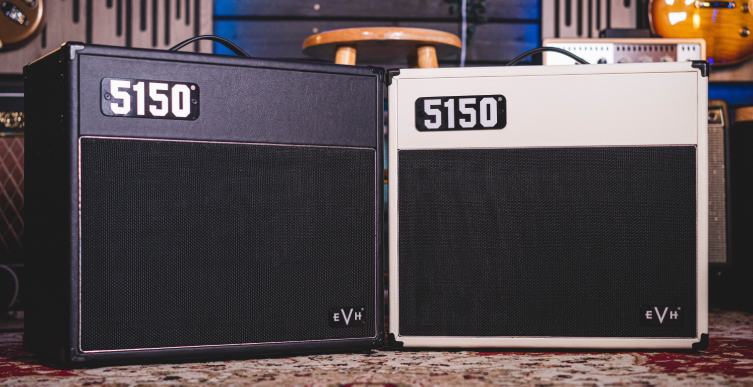
Expectations
The 5150 Iconic series - on paper at least - seem to be an idea that is almost too good to be true. These amps - available as 15w, 40w and later 60w combos - are designed by James Brown, the very same engineer who designed the original amps with Ed. They have two channels (with further voicing options), a built-in noise gate, a special design Celestion speaker and a closed-back design cabinet for more low end thump. Best of all, these amps are being built in Mexico to a more affordable price than US-made amps. Proper all-tube Eddie Van Halen ‘brown sound’ for an okay price? Sign me up!
I went for the 40 watt model over the 15 watt one for the following reasons:
- The larger 12” speaker makes a lot of sense to me if I want a physically bigger sound (I do)
- The larger power rating should theoretically give more headroom for a greater clean tone (important)
- The 40 watt model has dedicated control knobs for both the noise gate and the boost, which the 15w model doesn’t.
In other words, you get quite a lot more for your extra outlay, if your goal is to take this amp out to a gig. This indeed was my goal, and so I opted for the 40 watt, 1x12 amp.
Why did I choose a 5150 at all? Good question! The obvious answer is that I, like many guitarists, want access to that ridiculously grand, filthy high gain sound. Who wouldn’t? But there was an additional attraction for me. As a fan of clean sounds (as I hinted at earlier), an amp with great distortion but crappy cleans would be a useless object to me. Previous iterations of 5150 have had those accusations levelled at them, whether fairly or otherwise. The important thing to note about this first release of 5150 Iconics amps is that the power tubes are of the 6L6 variety: in other words, a very important element in the famous Fender clean tone! (subsequent versions also offer EL34 power tube valves. This blog is not about those amps).
So, basically: a valve combo, effectively made by Fender, featuring 6L6 power tubes, AND also having one of the world’s greatest distortions on board? With a decent boost, a noise gate, an FX loop and a DI out? And they are mainly under a grand (some are WELL under a grand) to buy? How is that not the best amp deal you’ve ever heard of?
That was my thinking, anyway, so it didn’t take long before I parted with my cash and heaved home my own EVH.
That was last April or May, so I’ve had plenty of time to put this amp through its paces. How do I feel about it now?
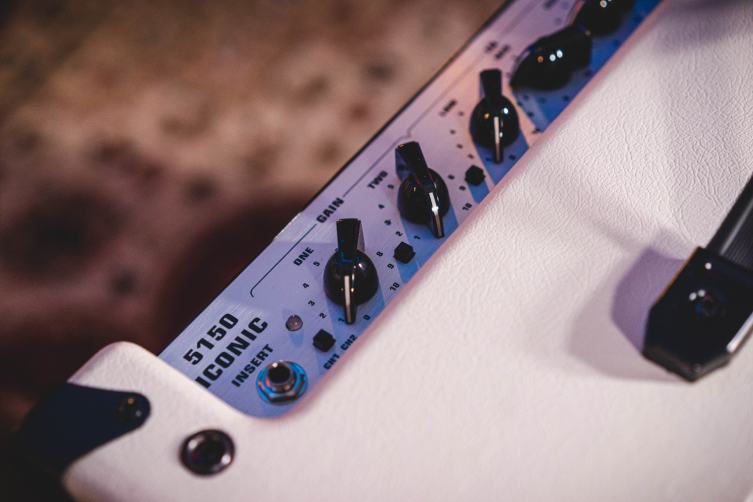
My 5150: One Year On.
I honestly do not understand anyone who hasn’t bought one of these. If you get a thrill out of sounding enormous, then it's time for you to try one of these!
But I’m getting ahead of myself here.
First takes: yes, you can play these at home but you’re setting the volume at about 0.45 (from 1-10, so not even 1) and that’s with the power attenuator on, too! Yes, it has one of those! There are tons of features on this amp, Fender have been generous.
Other takes:
- Channel One (the clean sound) is excellent, particularly if you do the obvious and play a guitar with nice single coils through it.
- The (digital) reverb is fine but not exceptional. I use the reverb in the house but tend not to have it on in rehearsals. A digital reverb at this price point is 100% fine by me, and much better than none at all.
- Channel Two delivers. You most certainly get that ferocious, barking high-gain distortion. It’s unmistakable, even at low volumes, though pushing up the volume definitely paints a fuller picture, as it were.
So the home test was passed. How about out in the world?

First thing is, it’s pretty damn heavy. Maybe it’s my years of using only a digital modeller, but hoofing a proper valve amp around is still the pain in the ass it always was. This is nothing like the heaviest I’ve owned (I’ll refer you to my list of previous amps at the beginning of the blog and let you decide which one I’m referring to), but you definitely still feel the weight when you’re lifting it in and out of car boots.
Second thing: good god, it’s loud! If ever you’ve felt underpowered by a combo amp, I invite you to do your worst with this one, because I managed to summon armageddon without putting it past 5 on the master volume. That was with a full-on acoustic set of drums, and whilst I’m not a guitarist who ever needs asked to ‘turn it up’, I’ve never tried to overtly drown people out, either (honest). The 5150 Iconic just gives a large, loud, room-filling sound that keeps its ‘shape and size’ (if you get me?) at full gig volume.
Other hot takes from the rehearsal room…
- The boost is useful, which I wasn’t counting on!
- The gain is so fun that most songs became much heavier than they were supposed to be
- The shared EQ mattered more when using my Gibson (I’d love to drop out the mids for the cleans) than with the Fender (it ‘beefed’ up nicely, thanks to Channel Two’s sheer force).
Things I’ve Noticed
One thing I can’t shake is this: I think the best distorted sound this amp makes is actually from Channel one with the ‘Overdrive’ button pushed in! Why? It just sounds even more like my idea of a 5150, I suppose. This means I can’t have that tone and a clean tone unless I switch the button on the amp. Could this be footswitchable? That would be great, to be honest.
I also noticed that pushing any of the EQ, resonance or presence knobs in any extreme direction isn’t the recipe for the best tone. Adopting the classic ‘everything at 12 o’clock’ tactic with this amp reaps the rewards.
Things I Haven’t Done
I’ve done a bunch of things with this amp, but I haven’t done everything…
- I haven’t taken it to a different country
- I haven’t had any booze spilled on it
- I haven’t changed the valves (which is still something of a head scratcher, given the closed-back design)
- I haven’t had it at full-pelt on ten for any real length of time (does anyone need to any more?)
- I haven’t used the DI function
So, these are the elements to this amp that I have no real opinion on, since I’ve not had cause to experience them. If these factors are important to you, I don’t want to bluff you and say ‘it’s all great’, because I just don’t know and the whole point of this endeavour is to provide an honest, subjective point of view.
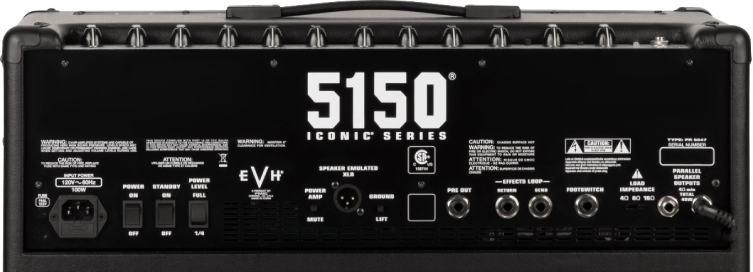
My Conclusion
As a person who often and enthusiastically uses digital modelling for my sounds, I can say that there still ain’t nothin’ quite like the real thing. Plugging a good guitar into a molten, fire-breathing amp is an exhilarating experience, and more so when you can afford to do it without entering into a death-match with your credit card.
I’m not giving up my digital technology, but I have worked out how to incorporate it all so that I can have a ‘best of both worlds’ situation. That’s by the by, though: the fact is, I’d heartily recommend the EVH 5150 Iconic 40w combo to literally any guitar player searching for great tube tone with lots of player friendly features in a manageable package. That description makes this amp sound boring, and it’s anything but that. I’ve actually rarely regretted a purchase less than this one, and I smile every time I hit that overdrive button and out a big open E chord.
What else can I say?
Click to View our EVH 5150 Amp Selection


